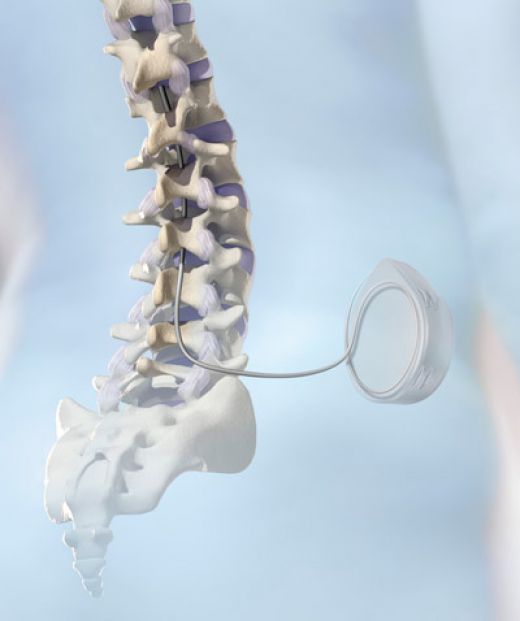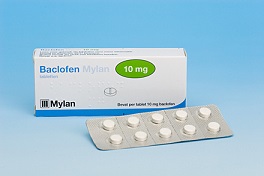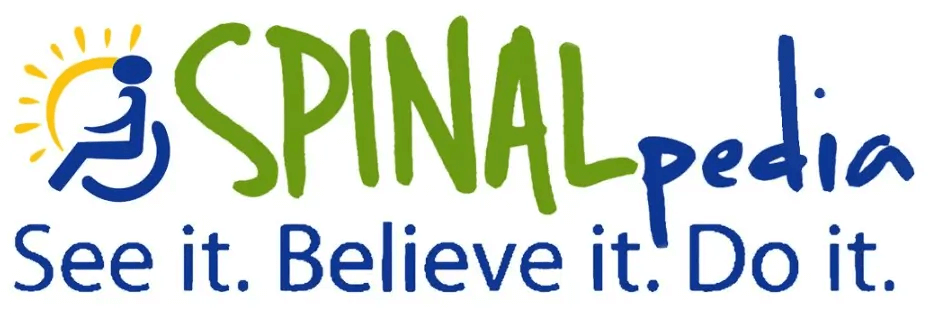 “Whoa it’s a miracle! You’re moving your leg!” is sadly is the typical reaction to someone seeing our leg spasm. Not many people understand why people with spinal cord injuries have muscle spasms, but if you’re newly injured, it’s important you understand how your “new” body works and spasticity is a big part of it.
“Whoa it’s a miracle! You’re moving your leg!” is sadly is the typical reaction to someone seeing our leg spasm. Not many people understand why people with spinal cord injuries have muscle spasms, but if you’re newly injured, it’s important you understand how your “new” body works and spasticity is a big part of it.
When you’re first injured (within the first month or so) you’ll likely won’t see any muscle spasms in your body; your spinal cord is in shock. But within four weeks to four months, you should begin to see muscle spasms below your level of injury. Those with lumbar level injuries are the only people with spinal cord injuries who don’t experience leg spasms, since an injury to this area of the spinal cord cuts off the legs from the brain completely.
But first, the easiest explanation of spasticity after a spinal cord injury is this – when the spinal cord is injured the normal flow of signals from the brain to the body is disrupted. When this happens, the signals are sent directly back to the motor cells in the spinal cord, causing a “reflex” spasm. Almost anything – a touch, movement or irritation – can trigger a spasm.
Common Causes of Spasms
While almost anything can cause a muscle spasm, there are several causes that reign supreme. Urinary tract infections, severe pain below the level of injury, menstruation, tight clothing, needing to empty your bowels, pressure sores and just stretching your muscles can cause them.
Are Spasms Completely Bad?
Just because spasms are typically uncontrolled muscle movements, it doesn’t mean they’re necessarily a bad thing. In many new activity-based rehabilitation facilities, they use leg spasms in many incomplete injuries to help them use their lower extremities in more functional ways.
For many people however, they’re a plain hindrance and can get in the way of everyday activities (there’s nothing like having your back spasm out of nowhere, throwing you backwards in your chair). When this starts to occur, there are many options you can take to stop them, which is great news. Spasms can also cause pain for many people, especially those with neuropathic pain.
Treating Spasms
Medication options:
There are a handful of medications commonly used to stop muscle spasms, but remember, you should only begin using medication if your spasms are interfering with your daily life.
- Baclofen (oral): One of the most popular medications by far is Baclofen. This medication can be taken orally or via a pump (implanted under the skin and refilled once a month).
 Many people find that taking around 40 – 60 mg of Baclofen a day orally is adequate.
Many people find that taking around 40 – 60 mg of Baclofen a day orally is adequate. - The Baclofen pump: The pump changed the lives of thousands of people with spinal cord injuries. For many people with severe spasms, this is the best option. When spasms throw you out of your wheelchair or hurt others trying to help you, having a Baclofen pump can change your life.
- Other medications: Muscle relaxants like Benzodiazepines,
- diazepam, clonazepam, Dantrolene and Tizanidine are used to treat muscle spasms. Beware however, there is one big drawback to all of these meds – they will make you drowsy and lower your blood pressure (which for many people is already an issue with a spinal cord injury).
- Botox: Not used for solely beauty procedures, Botox is frequently used to treat muscle spasms. It can loosen tight joints up to six months at a time, which for many people can be life-changing, enabling them to do things they couldn’t before (like hold a fishing rod!).
Non-Medication Options
- Stretching: If you’d rather not treat your spasms with medication, daily stretching can help with spasms dramatically. You are taught standard range of motion before being discharged to go home, so definitely make sure you pay attention to this. Doing range of motion morning and night for at least 1/2 hour is recommended. Yoga as well can help quell muscle spasms.
Please watch the video below on managing spasms after a spinal cord injury. Afterwards, check out our takeaway points and links below on SCI and spasticity.
Video: Spasticity after Spinal Cord Injury: The Good, The Bad and The Not-So-Ugly
Takeaway Points:
- Muscle spasms in people with spinal cord injuries are caused when signals sent from the muscles are reflected back to the motor neurons from the damaged spinal cord, causing the muscle to react
- Urinary tract infections, tight clothing and pressure sores are some of the top triggers of spasms
- Many people prefer to leave their spasms alone, as they can help with everyday movement
- Baclofen is the most commonly used medication to treat sponsors
- The Baclofen pump is used to treat the most severe spasms
- Stretching/range of motion on a daily basis can help prevent spasms
Helpful Links:
- Spasticity – Reeve Foundation – http://www.christopherreeve.org/site/c.mtKZKgMWKwG/b.4453419/k.3757/Spasticity.htm
- Spasticity and Spinal Cord Injury – MSKTC – http://www.msktc.org/sci/factsheets/spasticity
- Management of Spasticity After Spinal Cord Injury: Current Techniques and Future Directions – US Nat’l Library of Medicine









